Rare earth prices in the global market are soaring after China announced export restrictions on seven medium and heavy rare earth metals.
This is an important group of elements in the production of electric vehicles, wind turbines and high-tech equipment. The move comes in the context of US-China trade tensions, causing the market to react strongly.
In Europe, the price of dysprosium has tripled since the beginning of April, to $850/kg. The price of terbium has even jumped to $3,000/kg, its highest level in nearly 10 years.
Of the 17 rare earth elements, the medium and heavy metals such as dysprosium and terbium are rarer and more difficult to mine, and China still accounts for about 90% of the global supply of this group.
China's export curbs not only push prices up dramatically, but also put the global supply chain at great risk.
Finding alternative supplies in the short term is virtually impossible, according to Takahiro Sato, an analyst at Mizuho Bank. Professor Toru Okabe from the University of Tokyo warned that if the shortage persists, many electric car manufacturers will have to suspend production plans.
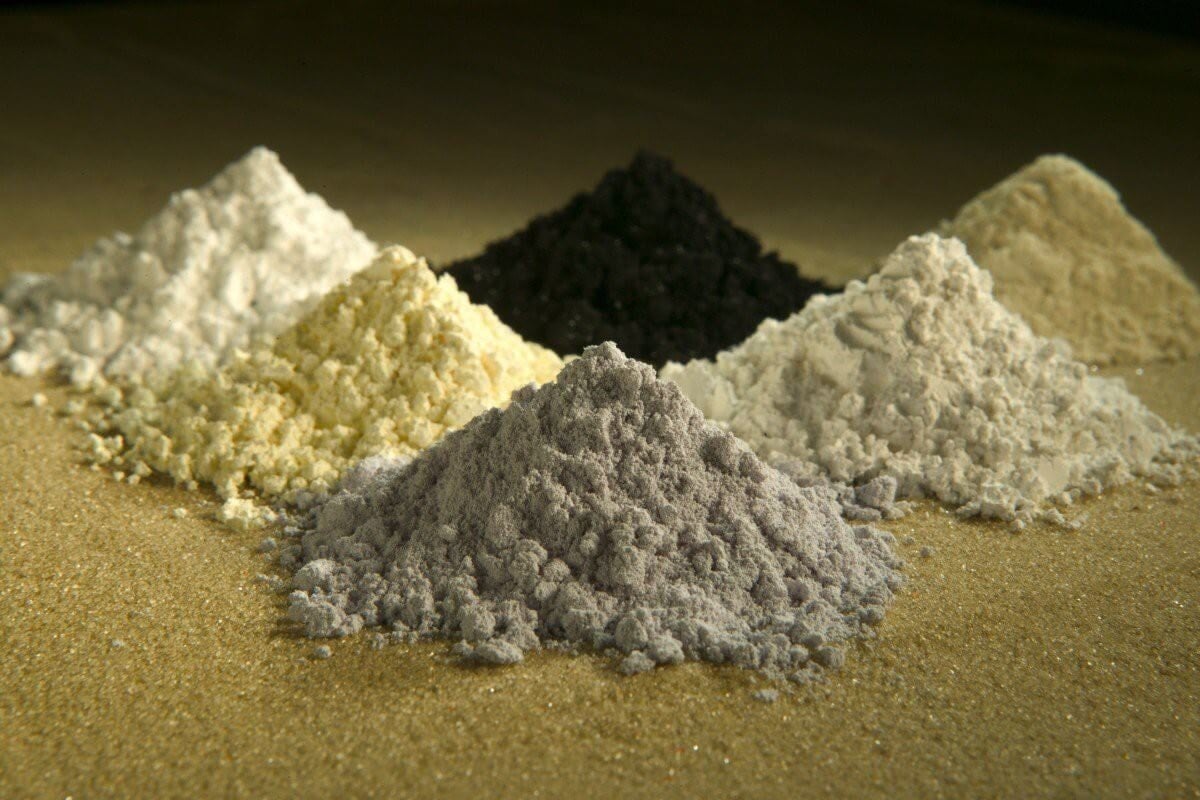
Vietnam suddenly caught the eye of international investors
Faced with the turmoil caused by China's tightening of rare earth exports, Vietnam has suddenly become a bright spot in the eyes of international investors thanks to its reserves of up to 3.5 million tons, according to the latest statistics from the United States Geological Survey (USGS) published in March 2025.
Rare earth mines in the Northwest and Central Coast, especially in Lai Chau, Lao Cai and Quang Nam , are assessed to have high ore content and great mining potential. However, Vietnam's actual mining output is still quite low, reaching only 300 tons in 2024.
The Vietnamese government has set an ambitious target by announcing a plan to produce 2.02 million tons of rare earths by 2030. This shows its determination to develop the rare earth industry as a strategic sector.
Despite its great potential, Vietnam still faces many challenges. Deep processing capacity is limited, mining technology is not modern, and the domestic production chain is still lacking in connectivity. In addition, logistics infrastructure and policies to attract investment in deep processing are not synchronized, making export activities difficult.
In the context that powers such as the US, Japan and the European Union are trying to find alternative sources of supply to China to ensure supply chain security, this is a great opportunity for Vietnam to reposition its strategic role on the global rare earth map.
Source: https://baoquangnam.vn/gia-dat-hiem-lap-dinh-viet-nam-bat-ngo-lot-vao-tam-ngam-cua-gioi-dau-tu-quoc-te-3154088.html





![[Photo] General Secretary To Lam meets with General Secretary and President of Laos Thongloun Sisoulith](https://vphoto.vietnam.vn/thumb/1200x675/vietnam/resource/IMAGE/2025/10/25/1761380913135_a1-bnd-4751-1374-7632-jpg.webp)
![[Photo] Prime Minister Pham Minh Chinh receives United Nations Secretary-General Antonio Guterres](https://vphoto.vietnam.vn/thumb/1200x675/vietnam/resource/IMAGE/2025/10/25/1761390212729_dsc-1484-jpg.webp)





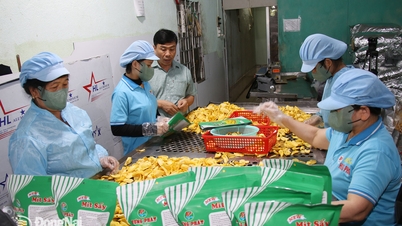





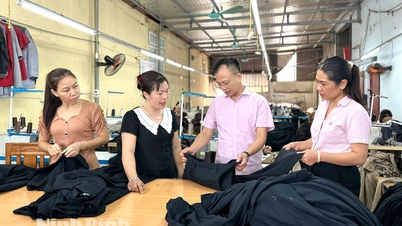






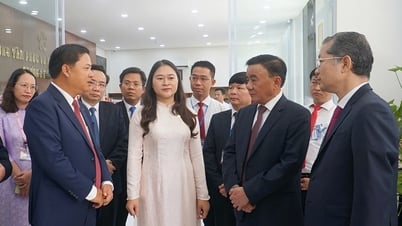
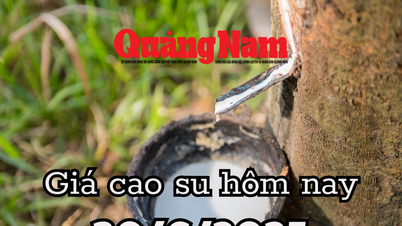
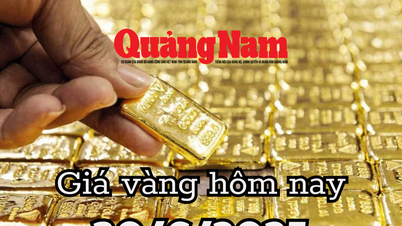
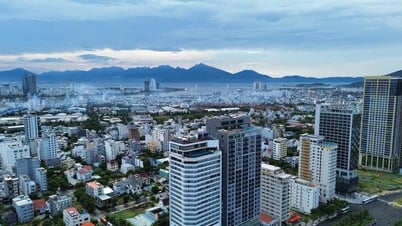
![[Photo] President Luong Cuong receives heads of delegations attending the signing ceremony of the Hanoi Convention](https://vphoto.vietnam.vn/thumb/1200x675/vietnam/resource/IMAGE/2025/10/25/1761377309951_ndo_br_1-7006-jpg.webp)
![[Photo] National Assembly Chairman Tran Thanh Man receives United Nations Secretary-General Antonio Guterres](https://vphoto.vietnam.vn/thumb/1200x675/vietnam/resource/IMAGE/2025/10/25/1761390815792_ctqh-jpg.webp)






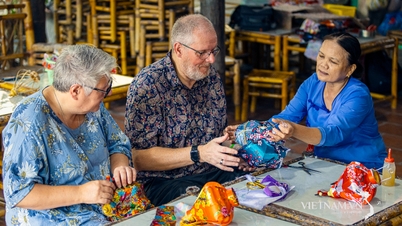



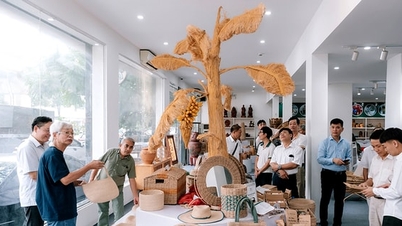




























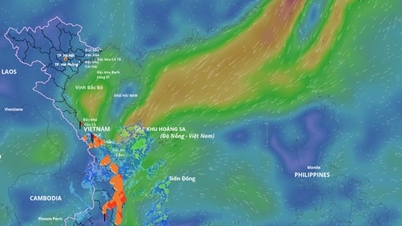






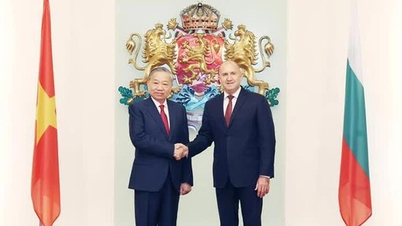

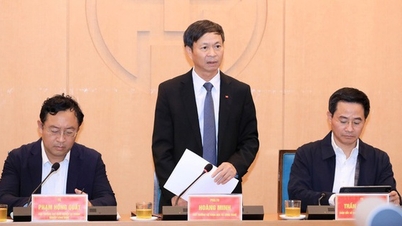
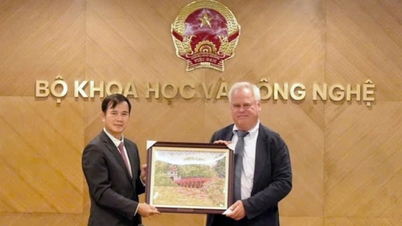
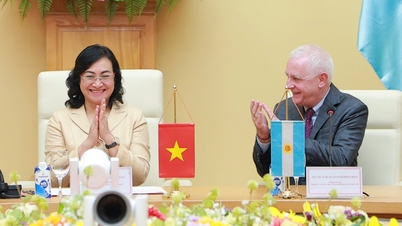

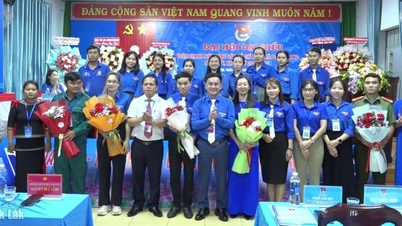
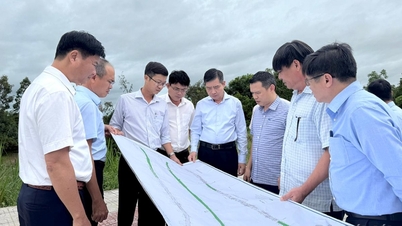





















Comment (0)